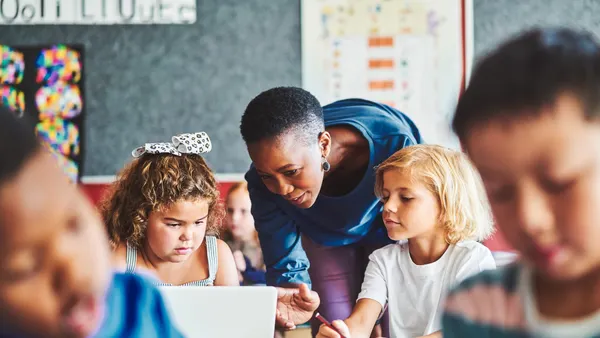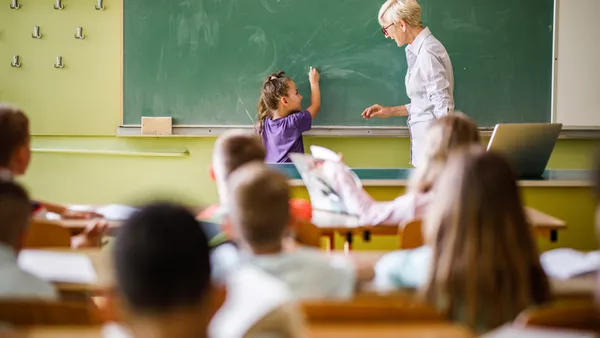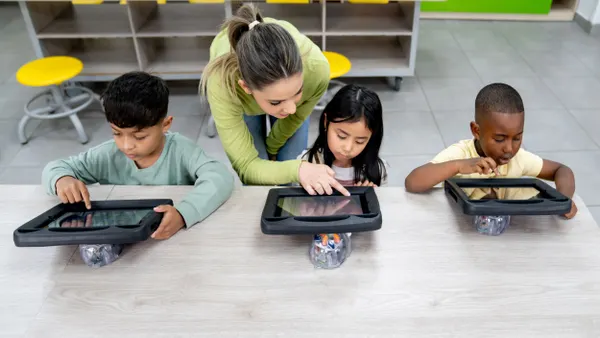Dive Brief:
- Teacher Jori Krulder has just one way of assessing whether students are reading books they’ve chosen and what they’ve gleaned: she talks with them, she wrote in Edutopia.
- Just as Krulder, who teaches English at Paradise High School in California, engages with others after she’s finished reading a book, she in turn has one-on-one discussions with her own students, often two to three each day, getting to every child once a month.
- She records details, including what students are reading and their progress, and has them bring their own thoughts on what they’ve read — and she’s found students are reading more books than in the past.
Dive Insight:
All teachers want to see their students develop a love of reading. Getting children excited about picking up a book rarely happens when they know they’re going to be graded, assessed and measured on each page they complete, and each book they consume.
Those who love to read know the feeling of curling up with a book and seeing time melt away. People also often have a desire to share what they read with others, which is what Krulder is tapping into by having students talk about what they’re reading instead of writing up a book report or analytical essay. And as the Association for Supervision and Curriculum Development's 2017 edition of “Understanding and Using Reading Assessment” notes, measurements should be done always with an eye to “helping students achieve in reading.”
Sometimes classroom sizes are too large for teachers to meet with each student on a regular basis. Another approach could be a student-led book club, where peers share their thoughts about books they’ve chosen themselves, with each other. That’s the tactic former school librarian and classroom teacher Nancy Baumann took, and had upwards of 40 students choosing to attend one of her book clubs. She even presented how she created them during the International Literacy Association’s 2014 conference.
Not sure where to start? Kent State University’s Ohio Literacy Resource Center has details on how to launch peer discussion groups, and of course Baumann gives her own step-by-step instructions to launch a program meant to get children to think of books as a pleasure — and not a school assignment to check off the list.











